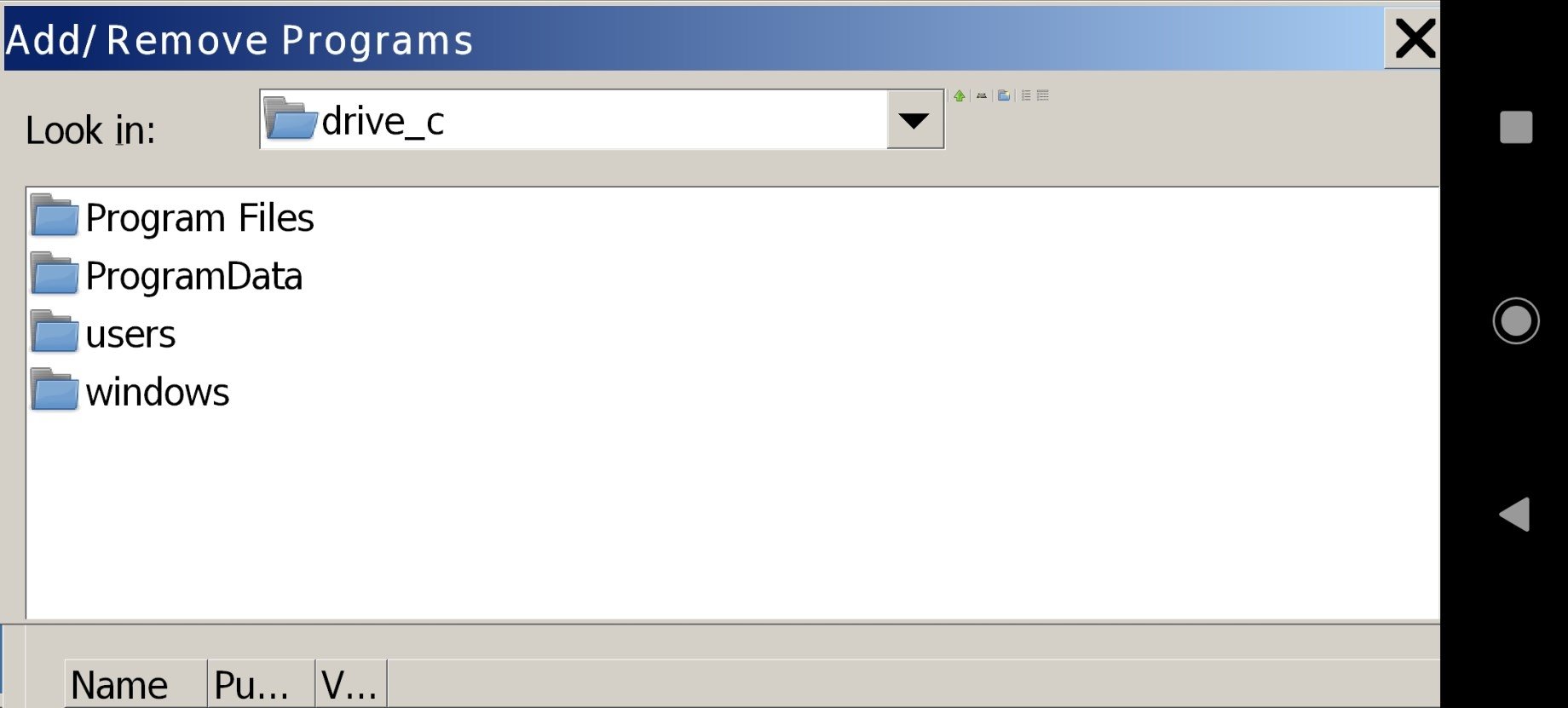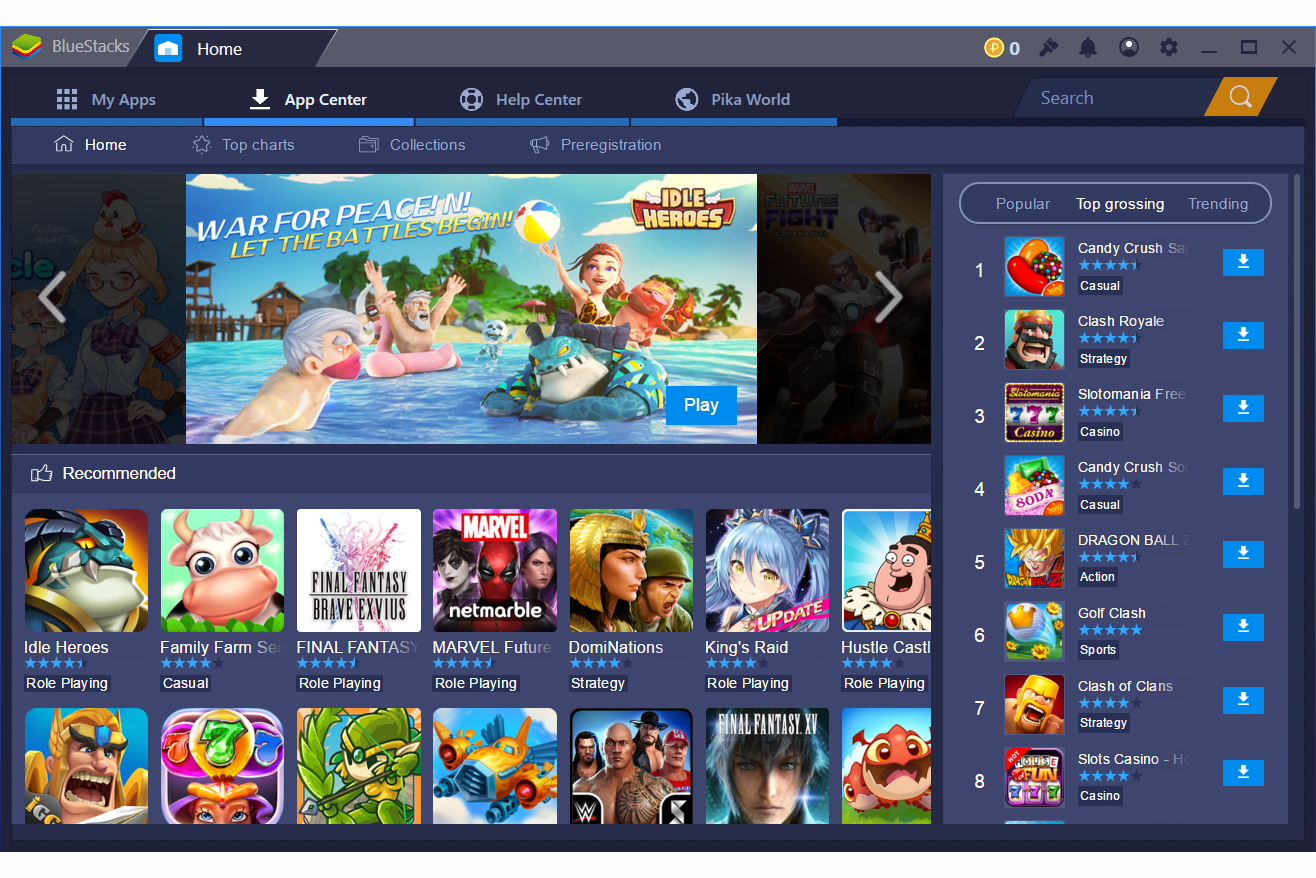

- WINE EMULATOR MAC INSTALL
- WINE EMULATOR MAC FULL
- WINE EMULATOR MAC SOFTWARE
- WINE EMULATOR MAC LICENSE
- WINE EMULATOR MAC DOWNLOAD
After registering the truetype fonts, it will show a "prefix created successfully" message. It will first create a customprefix.sh (the pre-configured prefix), then gather debug info, then enable coreaudio, colors, antialiasing and flat menus.
WINE EMULATOR MAC INSTALL
Soon after, an install dialogue box will appear. These utilities will help you in setting up your Windows software.įor now, choose Configuration. Upon clicking this icon, you'll be given several options.Īs you see on the picture above, Wine also comes along with a File Manager, Registry Editor, Control Panel, and DOS Prompt. Notice that there is a wine glass icon on your task bar now. For this guide, I'll skip this step and just close the Winetricks dialogue box. An the the Winetricks dialogue box will give so many options to choose, some of these may require an active internet connection to activate. In the Change Prefix dialogue box, you can add, change or remove prefixes. The first is General Preferences, the second is Change Prefix, and the third is Winetricks.Ĭhoose the options on the general preferences dialogue box as you like. Make sure that your formats use the correct one according to your language.Īfter downloading and mounting the DMG, you can open Wine inside the package directly or drag it to the application folder first. Then in the Formats tab, choose your preferred formats. In the Language tab, drag your preferred language to the top. To change your Mac locale, open System Preferences. Another thing to note is that Wine use the same locale as your Mac. *Note: Wine uses the fonts available in your libraries, so install any fonts your game may require before opening Wine.
WINE EMULATOR MAC DOWNLOAD
You can download Winebottler here: įor this guide, I'll use the pre-configured Wine 1.7.37 inside the Winebottler package, you can configure or change some things yourself later.
WINE EMULATOR MAC SOFTWARE
You can download the source from and build make yourself or you can use a pre-configured Wine inside a Winebottler software package. The latest version is Wine 1.7.51, the latest stable version is Wine 1.6.2.

Wine has been regularly updated until now. Consequently, the Wine team has reverse-engineered many function calls and file formats in such areas as thunking. Microsoft Windows also includes undocumented low-level functions, undocumented behavior and obscure bugs that Wine must duplicate precisely in order to allow some applications to work properly. While Microsoft extensively documents most Win32 functions, some areas such as file formats and protocols have no publicly available specification from Microsoft. The project has proven time-consuming and difficult for the developers, mostly because of incomplete and incorrect documentations of the Windows API.
WINE EMULATOR MAC LICENSE
The Wine project originally released Wine under the same MIT license as the X Window System, but owing to concern about proprietary versions of Wine not contributing their changes back to the core project, work as of March 2002 has used the LGPL for its licensing. WIne works by duplicating functions of Windows by providing alternative implementations of the DLLs that Windows programs call, and a process to substitute for the Windows NT kernel. Windows system services are also supplied by Wine, in the form of wineserver.
WINE EMULATOR MAC FULL
In Wine, the Windows application's compiled x86 code runs at full native speed on the computer's x86 processor, just as it does when running under Windows. The phrase "wine is not an emulator" is a reference to the fact that no processor code execution emulation occurs when running a Windows application under Wine. Then some people create a free and open source compatibility layer software that aims to allow applications designed for Microsoft Windows to run on Unix-like operating systems, namely Wine (Wine Is Not an Emulator). Unfortunately, emulating an OS requires a quite great number of RAM and the execution process is still slower than execution of the same code by the processor for which the code was compiled. Programs like Virtual Box and VMware serves this purpose nicely. One of the most commonly used method to do this is by emulating one OS on another.


Seeing how different the architecture of the two, many folks have tried to make files and/or programs unique to one OS to be able to use on the other. Until now, people are still arguing which one is better, simpler, faster, and other things. Windows and Mac have been rival for quite some time. I'll start the guide with a short introduction of Wine


 0 kommentar(er)
0 kommentar(er)
